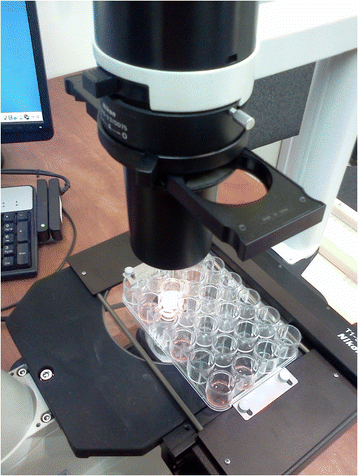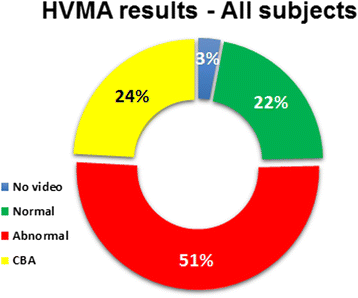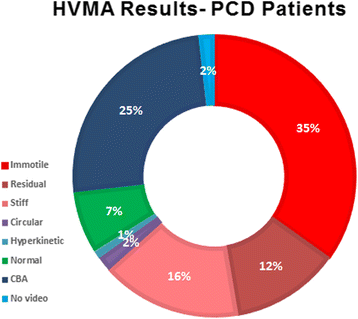A reach-out system for video microscopy analysis of ciliary motions aiding PCD diagnosis
- PMID: 25869032
- PMCID: PMC4363456
- DOI: 10.1186/s13104-015-0999-x
A reach-out system for video microscopy analysis of ciliary motions aiding PCD diagnosis
Abstract
Backgrounds: High-speed Video-Microscopy Analysis (HVMA) is now being used to aid diagnosis of Primary Ciliary Dyskinesia (PCD). Only a few centers however, are equipped with the available resources and equipment to perform these tests. We describe our experience in HVMA reaching-out to many more peripheral and relatively remote areas. A portable computer with HVMA software, video camera and a microscope were used. Fourteen disperse pediatric centers were reached and a total of 203 subjects were tested within a relatively short time (Clinical Trial Registration: NCT 01070914 (registered February 6, 2010).
Results: With an average time of 20 minutes per patient, the system enabled us to test approximately 10-15 subjects per day. A valid HVMA result was made in 148 subjects and helped in the diagnosis of PCD in many of the patients who were subsequently confirmed to have PCD by electron microscopy and/or immunofluoresence and/or genetics and/or nasal Nitric Oxide testing. The sensitivity of abnormal HVMA to accurately predict PCD was 90.2%.
Discussion and conclusion: This is the first report of an out-reach system to record HVMA for improved diagnosis of PCD in remote regions that are not within reach of PCD centers and experts. It provides immediate preliminary results and instantaneous feedback to the physician, patient and his/her family members in these areas. Future studies to compare this system to conventional desk top systems are warranted.
Trial registration: NCT 01070914 (registered February 6, 2010).
Trial registration: ClinicalTrials.gov NCT01070914.
Figures
References
-
- Barbato A, Frischer T, Kuehni CE, Snijders D, Azevedo I, Baktai G, Bartoloni L, Eber E, Escribano A, Haarman E, Hesselmar B, Hogg C, Jorissen M, Lucas J, Nielsen KG, O’Callaghan C, Omran H, Pohunek P, Strippoli MP, Bush A. Primary ciliary dyskinesia: a consensus statement on diagnostic and treatment approaches in children. Eur Respir J. 2009;34(6):1264–76. doi: 10.1183/09031936.00176608. - DOI - PubMed
-
- Schwabe GC, Hoffmann K, Loges NT, Birker D, Rossier C, de Santi MM, Olbrich H, Fliegauf M, Failly M, Liebers U, Collura M, Gaedicke G, Mundlos S, Wahn U, Blouin JL, Niggemann B, Omran H, Antonarakis SE, Bartoloni L. Primary ciliary dyskinesia associated with normal axoneme ultrastructure is caused by DNAH11 mutations. Hum Mutat. 2008;29(2):289–98. doi: 10.1002/humu.20656. - DOI - PubMed
Publication types
MeSH terms
Substances
Associated data
LinkOut - more resources
Full Text Sources
Other Literature Sources
Medical





